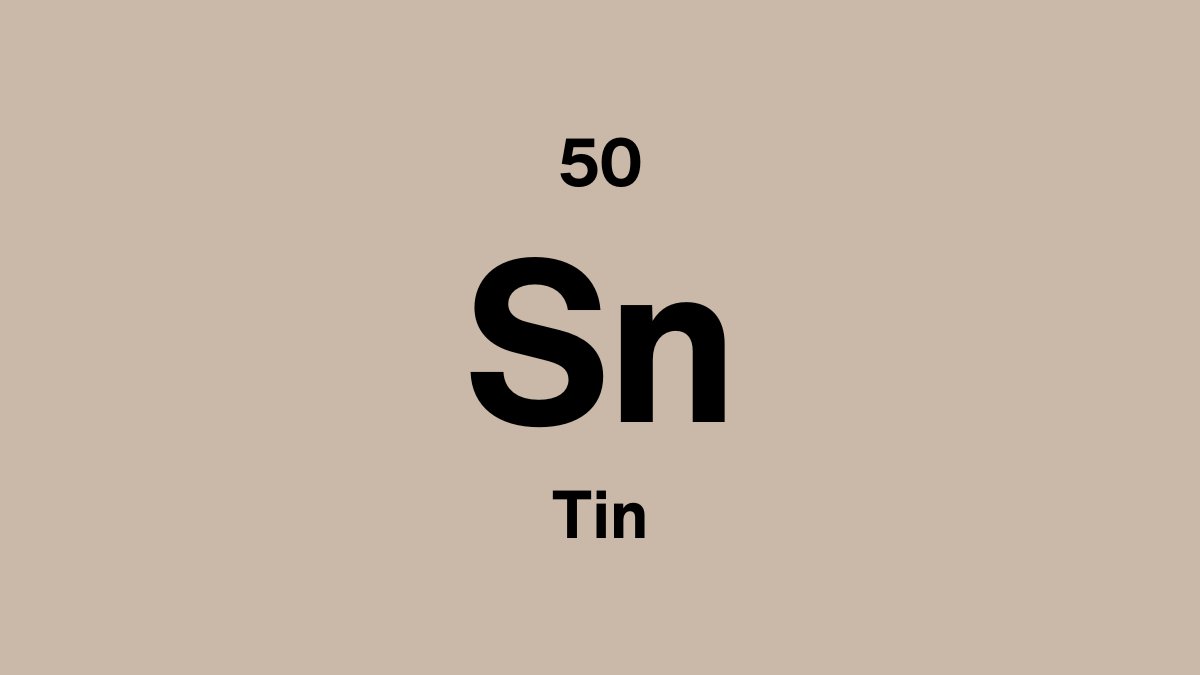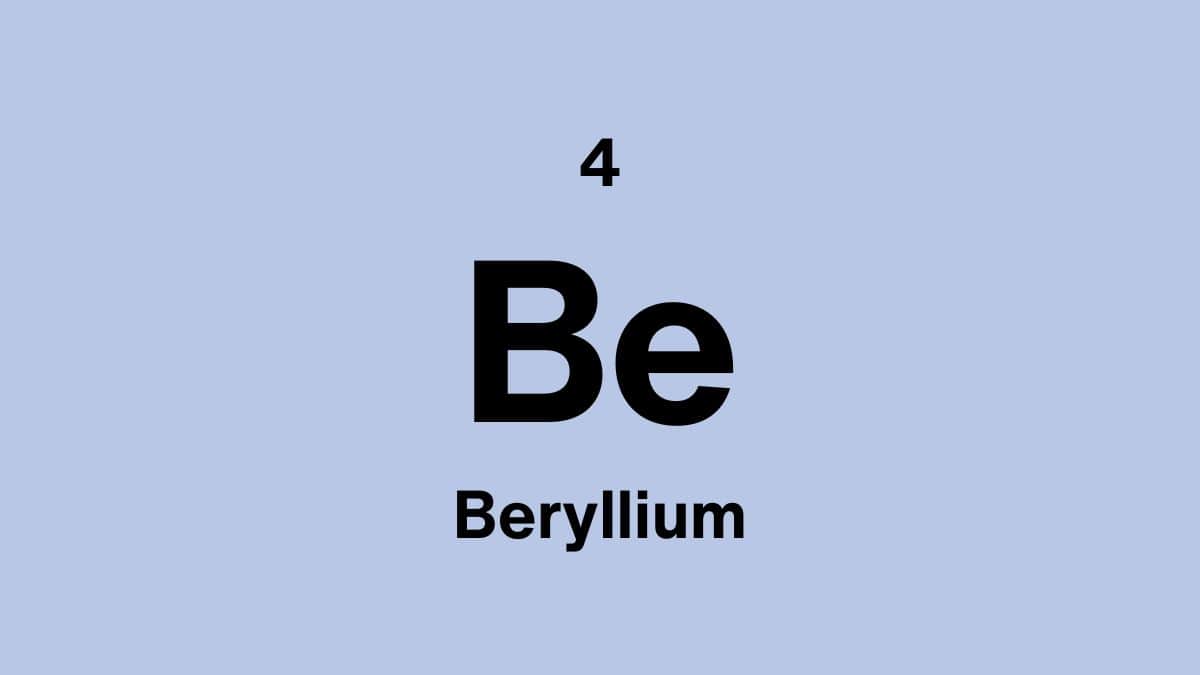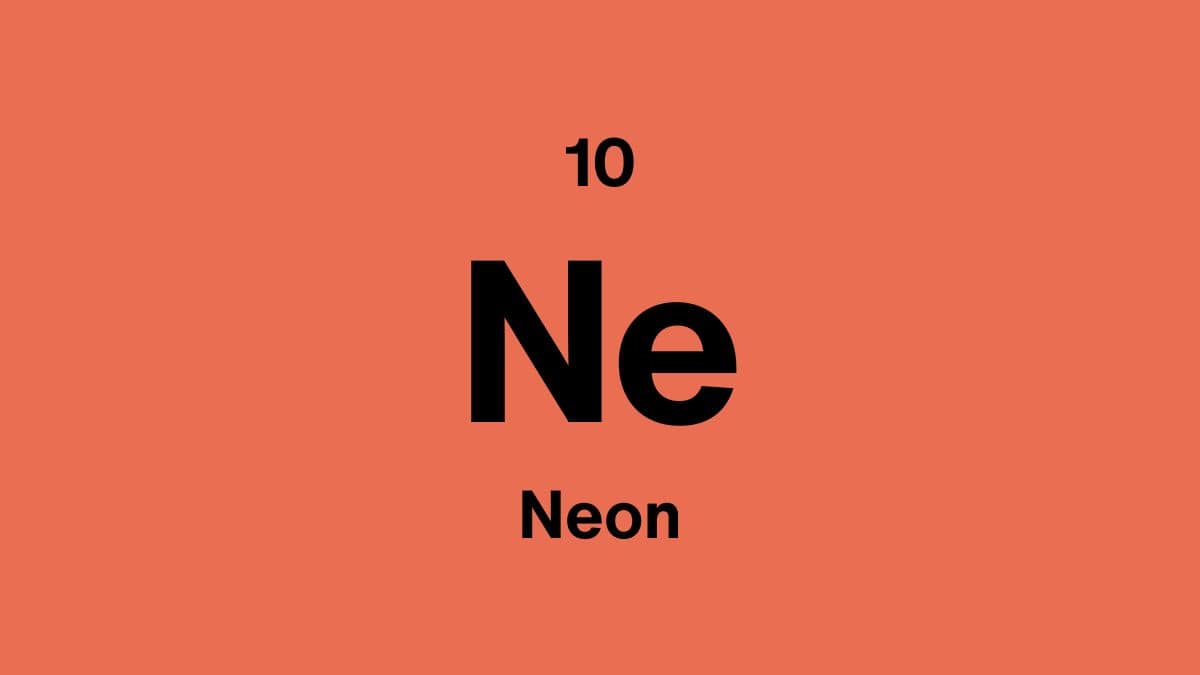Why tin remains one of humanity's most essential metals after 5,000 years
Post-transition metals occupy a unique position on the periodic table, bridging the gap between transition metals and metalloids. These elements are typically soft, have low melting points compared to transition metals, and form primarily ionic compounds. Their electron configurations result in filled d-orbitals, distinguishing them from their transition metal neighbors. Post-transition metals like tin are essential in electronics, alloys, and protective coatings, combining metallic properties with unique chemical behaviors.
In this article, we explore tin's properties, historical significance, industrial applications, and the technologies that depend on this versatile element.
Properties of tin
| Atomic Number: | 50 |
| Atomic Symbol: | Sn |
| Atomic Weight (amu): | 118.710 |
| Electronegativity: | 1.96 |
| Melting point: | 231.93°C | 449.47°F | 505.08K |
| Boiling point: | 2602.00°C | 4715.60°F | 2875.15K |
What does tin look like?
Tin is a soft, silvery-white metal with a bright metallic luster and a slight bluish tinge. When polished, it produces a shiny, reflective surface that resists tarnishing in air and water. Tin is highly crystalline, and when a bar of tin is bent, it produces a distinctive crackling sound known as the "tin cry," caused by the twinning of its crystals. This unusual acoustic property is shared by only a few other metals, including indium and cadmium.
Will we ever run out of tin?
Tin is present in Earth's crust at approximately 2 parts per million, making it relatively scarce but not rare. While tin reserves are finite, we are unlikely to completely run out due to ongoing exploration, improved extraction technologies, and recycling efforts. The principal ore of tin, cassiterite, is mined in several countries including China, Indonesia, Myanmar, Peru, and Bolivia.
Managing tin resources sustainably through recycling and efficient use is important to ensure continued availability for electronics, packaging, construction, and manufacturing industries that depend on this versatile metal.
Can tin be recycled
Yes, tin can be recycled efficiently, and recycling plays an important role in conserving tin resources. The recycling process helps reduce environmental impact and decreases the need for new tin extraction from ore deposits.
Recycled tin is commonly sourced from:
- Tin-plated steel cans from food and beverage packaging
- Electronic waste containing tin-based solders
- Scrap bronze and other tin-containing alloys
- Industrial residues from manufacturing processes
Where can tin be found?
Tin does not occur naturally in its pure metallic form and must be extracted from ores. The primary source of tin is the mineral cassiterite, which contains tin dioxide. Tin is typically found in regions known as the "tin belt" and various historical mining areas.
- Cassiterite: The principal ore of tin, containing tin dioxide and found in granite rocks and alluvial deposits.
- Stannite: A complex sulfide mineral containing tin, copper, and iron, though less commercially significant than cassiterite.
- Alluvial Deposits: Weathered cassiterite concentrates in riverbeds and coastal areas, providing easily accessible tin ore.
Tin is produced primarily in China, Indonesia, Myanmar, Peru, Bolivia, Brazil, and Malaysia. Historically, Cornwall in England was a major tin producer, with mining operations dating back to at least 300 to 200 BCE. These countries have significant tin reserves and established extraction capabilities to meet global demand.
Is tin expensive?
Tin is moderately priced compared to other metals. Its cost varies based on global supply and demand, mining production, and economic conditions. While tin is more expensive than common metals like iron or aluminum, it remains affordable for its diverse industrial applications in solders, coatings, and alloys.
Does tin have a biological role?
Tin is believed to be an essential trace element in humans and other organisms, although its specific biological function has not been definitively determined. While elemental tin and inorganic tin compounds are generally not toxic, some organotin compounds can be highly toxic to humans and must be handled carefully. These toxic organotin compounds have been used as biocides and fungicides but are now more strictly regulated due to environmental and health concerns.
What is pure tin used for?
- Tin Plating: Tin is used to coat steel cans for food preservation, as well as to plate other metals to prevent corrosion. The thin tin coating protects the underlying metal from air and water.
- Solders: Tin-based solders are essential in electronics manufacturing, plumbing, and metalwork. Modern lead-free solders typically contain tin, silver, and copper.
- Bronze Production: Tin is alloyed with copper to create bronze, a historically significant alloy used in tools, weapons, sculptures, and marine applications due to its strength and corrosion resistance.
- Float Glass Manufacturing: Molten glass is floated on molten tin to produce flat, smooth window glass using the Pilkington process, the standard method for modern glass production.
- Superconducting Magnets: Tin-niobium alloys become superconductors at very low temperatures, used in powerful magnets for scientific research and medical imaging equipment.
- Organ Pipes: Tin-lead alloys are used in pipe organ construction, with the tin content affecting the tonal quality and resonance of the pipes.
What are the main compounds with tin?
- Tin Oxide (SnO2) : Used in ceramics to create opaque glazes, as a polishing agent, and in gas sensors. Tin oxide has been used in pottery glazes since ancient times.
- Tin Chloride (SnCl2) : Used as a reducing agent in chemical synthesis and as a mordant in textile dyeing to fix dyes to fabrics.
- Tin Fluoride (SnF2) : Commonly used in toothpaste and dental products for its cavity-prevention properties and antimicrobial effects.
- Organotin Compounds : Chemical compounds with tin-carbon bonds, used as stabilizers in PVC plastics, wood preservatives, and industrial biocides. Some organotin compounds are toxic and require careful handling.
- Bronze (Copper-Tin Alloy) : The historic alloy of copper and tin that defined the Bronze Age, still used today in sculptures, marine hardware, bearings, and musical instruments.
- Pewter : An alloy of tin with small amounts of copper, antimony, or other metals, traditionally used for tableware, decorative objects, and jewelry.
Who discovered tin?
Tin has been known and used since ancient times, making it impossible to attribute its discovery to a specific individual. Archaeological evidence shows that tin was used as early as 3000 BCE during the Bronze Age. The earliest bronze objects contained small amounts of tin, either from naturally occurring copper-tin ores or from intentional alloying.
The addition of tin to copper to create bronze was a transformative technological achievement that gave its name to an entire historical period. Bronze tools and weapons were superior to pure copper, being harder, more durable, and easier to cast. Ancient civilizations in Mesopotamia, Egypt, the Indus Valley, and the Mediterranean region all utilized tin for bronze production. Cornwall in the British Isles was a major source of tin for ancient Mediterranean cultures, with organized tin mining operations established by at least 300 BCE.
Is tin dangerous?
Elemental tin and most inorganic tin compounds are not considered dangerous and are generally non-toxic to humans. Tin has been safely used for centuries in food containers, with tin-plated steel cans being a standard method of food preservation. The amount of tin that dissolves into food from tin-plated containers is typically harmless, with regulatory limits set at 300 parts per million in the United States.
However, certain organotin compounds can be highly toxic and pose health risks. Trimethyltin and triethyltin compounds are particularly dangerous as they damage the central nervous system. Tributyltin compounds, once widely used as marine biocides to prevent barnacle growth on ship hulls, have been restricted due to their severe environmental impact on marine life. Proper safety precautions should be taken when handling organotin compounds in industrial settings.
Fun facts about tin
- Tin has the largest number of stable isotopes of any element on the periodic table, with 10 naturally occurring stable isotopes. This is due to tin having a "magic number" of protons, making it unusually stable.
- The "tin pest" or "tin disease" phenomenon occurs when tin is exposed to temperatures below 13.2°C. The metallic white tin transforms into a powdery gray form, which can cause tin objects to crumble. This phenomenon allegedly affected Napoleon's army during the Russian winter campaign of 1812, when tin buttons on uniforms disintegrated.
- The name "tin can" is actually a misnomer. Modern tin cans are made of steel with only a microscopic coating of tin. The tin coating prevents the steel from rusting and protects food from contamination.
- Tin-niobium alloys can become superconductors at temperatures as high as 18 Kelvin. These superconducting magnets can generate enormous magnetic fields while using virtually no power after initial activation.
- The element symbol Sn comes from the Latin word "stannum," which was the Roman name for tin. This is why tin compounds are often called "stannous" (for +2 oxidation state) or "stannic" (for +4 oxidation state).
- Float glass, the standard method for producing flat window glass, was invented by Sir Alastair Pilkington in 1952. The process involves floating molten glass on a bath of molten tin, which creates a perfectly flat, smooth surface without grinding or polishing.
Scientific data verified from RSC, Britannica, and the Minerals Education Coalition.



